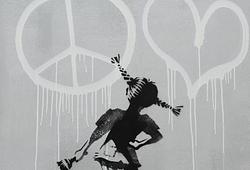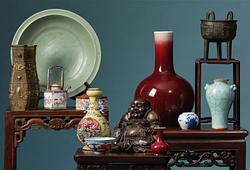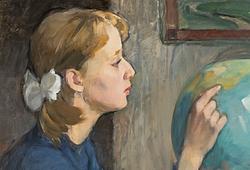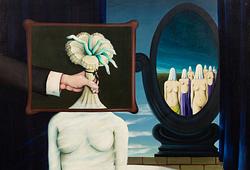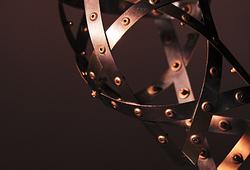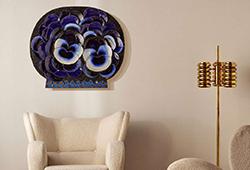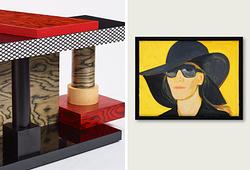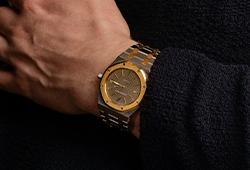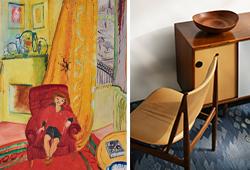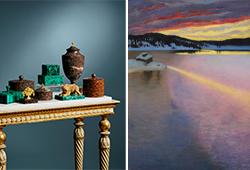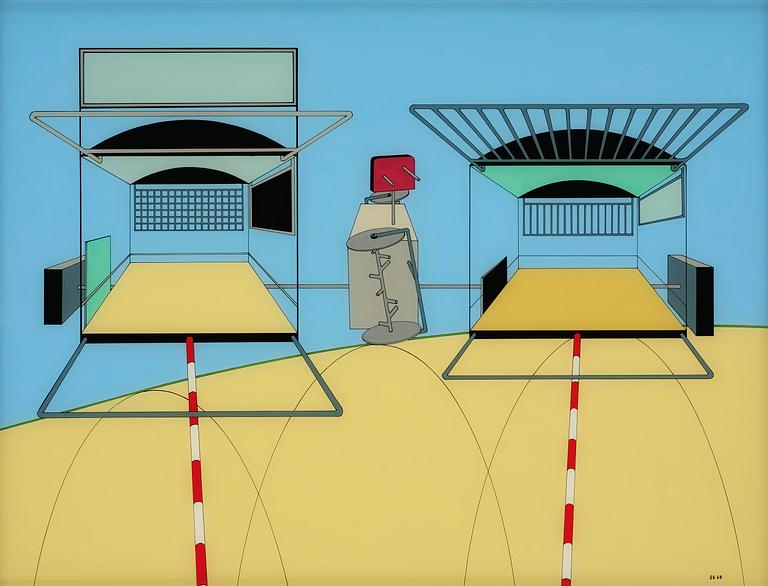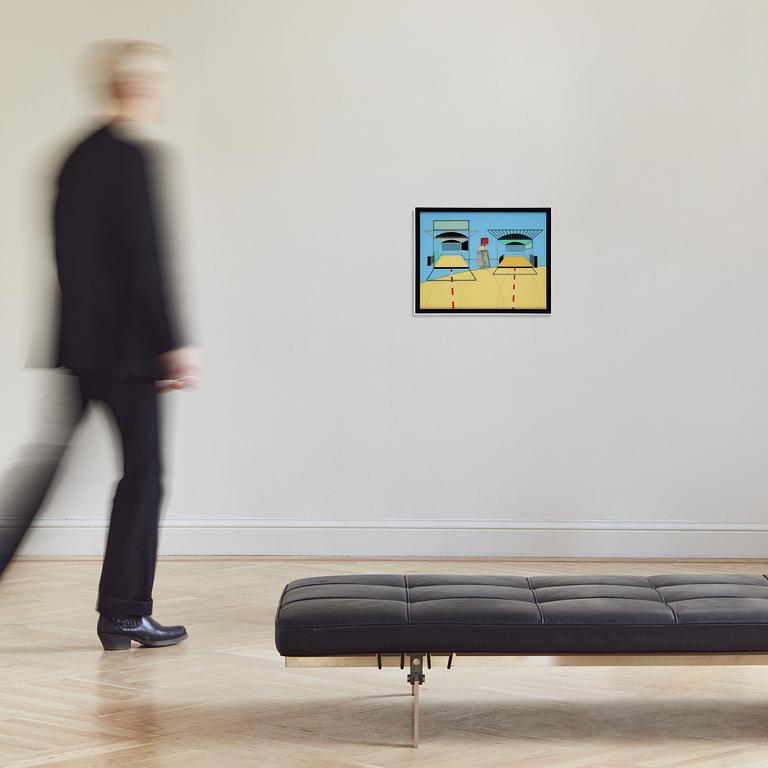Sten Eklund
"Inriktade fronter"
Signed SE and dated 68. Oil on glass 44.5 x 57.5 cm.
Alkuperä - Provenienssi
Galerie Bel'Art, Stockholm.
Muut tiedot
Sten Eklund’s artistry revolves around the absence of the human being. In both his prints and his delicate glass paintings, he builds the composition from fragments of buildings, machines, and objects. The geometrically constructed pieces become traces of humanity—of its progress and production—where a structured order prevails in the absence of human chaos.
At once timeless and distinctly contemporary, Eklund’s art engages in dialogue with artists such as Marcel Duchamp and Öyvind Fahlström. Praised by critics from the outset, Eklund has always been regarded as ahead of his time. The glass paintings from the late 1960s and early 1970s resemble, at first glance, precise architectural or engineering constructions. Their sleek, polished surfaces in a way shut out the viewer, who must struggle to penetrate the glass in order to reach the deeper dimensions behind it—dimensions that pose questions about development and existence.
Björn Springfeldt, former director of the Moderna Museet, exhibited Sten Eklund in Lund in 1968 and recounts the impact of encountering Eklund’s art: discovering something that cuts across expectations, that refuses to meet our conventional assumptions and instead forces us to rethink and reconsider. The machines in Sten Eklund’s work are not absurd as in Picabia; rather, they harbor energies, ready to spring into action as soon as we find the right button to press.
The painting in question is part of a series of works symbolizing ferries across the Thames. As in all his glass paintings, Eklund works with a special paint—Humbrol enamel paint (oil-based)—which many adults remember from painting model airplanes in childhood. The paint is applied in the reverse order of traditional canvas painting; that is, the foremost layer is applied first, which places great demands on the artist’s technique.




